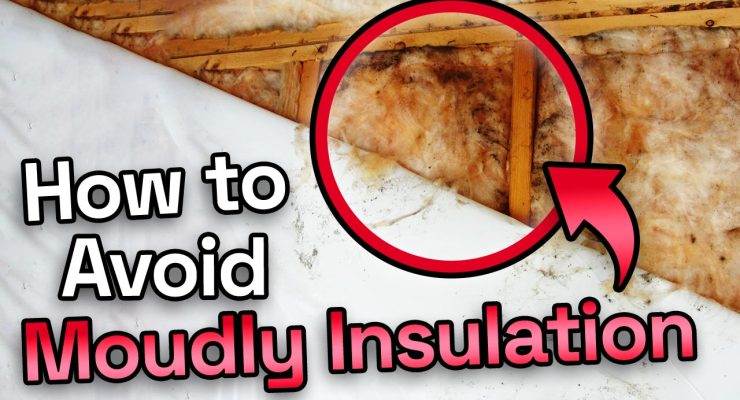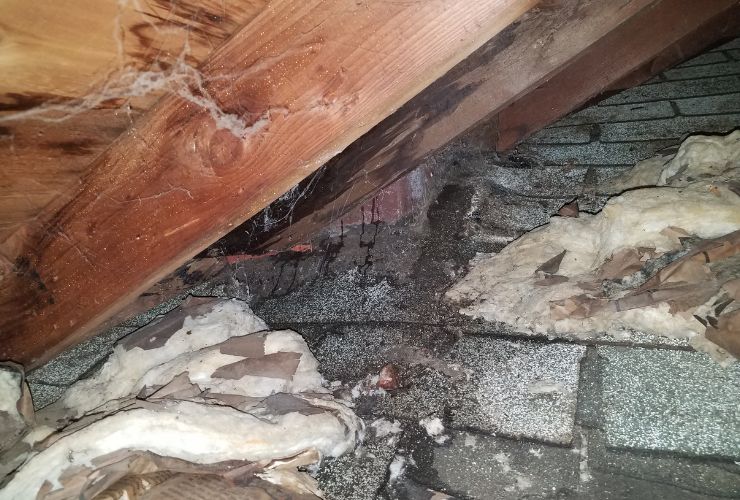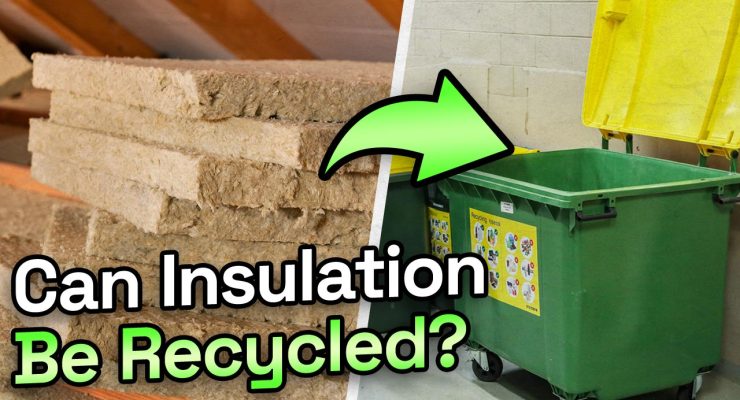
Fast read
Mouldy insulation can be dangerous to health. This is because it can release mould spores into the air. This can trigger allergies and other respiratory problems when inhaled and should always try to be avoided.
Mould can grow on insulation if it becomes damp. This can happen because of moisture infiltration, high humidity, or both. To prevent mould growth on insulation, homeowners can install vapour barriers, use moisture-resistant insulation materials, fix any roof or wall damage that allows moisture to enter the home, and maintain proper ventilation.
If mouldy insulation is found, it should be removed and replaced by professionals who wear protective clothing to avoid inhaling the mould spores.
Can mouldy insulation be a danger to health?
Home insulation is an important component of every home and provides various benefits, despite its outstanding capabilities. However, it is not impervious to issues like dampness and mould growth. Mould may grow on insulation; if it does, it can be difficult to prevent it from spreading.
Mould development is possible if three factors come together in your home. a) moisture penetration, b) the right temperatures, and c) organic nutrients. If moisture is available, it may thrive indoors, including in most cellars and roofs.
Mould thrives on dirt and dust contained within Rockwool and fibreglass, feasting on it. Moisture, 1st condition, is easier to regulate than the last two.
Wet air condensing on colder surfaces, indoor moisture from roof issues, cracks in walls and near showers are all sources of moisture. Avoid the moisture, and the mould will stop. Unfortunately, mould also may spread and develop on carpets, textiles and timber, among other things.
And you might ask me, how do I know if I got mouldy insulation?
Suppose you start seeing stains on your gyprock ceiling wall, the chances are that the insulation batts above are wet; therefore, mould can grow over time.
So what should I do to avoid mouldy insulation?
If you believe that you have mould on your insulation, the health of the residents of the house can be affected. The severity of the response by individuals depends on the immune system. Also, the number of mould spores that make it from the insulation into your living spaces.
Unfortunately, severe allergies can be triggered by mould spores. While this may not appear to be a significant issue at first. Prolonged exposure to a house with mouldy insulation will cause more frequent allergic responses, including the following:
- Stuffy nose
- Rashes
- Coughs
- Symptoms of hay fever
- Sore throat
Do moisture and mould affect the quality of batts?
Wet batts will not function as well as dry batts. This will lower your property’s total thermal value, and you will sense the change in higher energy bills because of mould’s ability to cause irrevocable damage to your insulation. As a result, you may need to replace it.

How can we avoid this?
You can take several preventative actions to keep mould from forming on your insulation. One of the most common ways is to install vapour barriers. However, insulation can help to prevent moisture. Unfortunately, it may also trap it, developing mould between the insulation and the internal walls, especially in cellars.
Hot air condenses on the cool concrete walls of the cellar. They are creating optimum circumstances. However, spreading a moisture-blocking paint or sealer coat to an affected surface. Lacking thin polythene sheets developed expressly to prevent moisture seepage over typical insulation are examples of vapour barriers.
The following way to prevent mould growth is to change your insulation. When used as a significant source of insulation, spray polyurethane foam covers cracks, gaps, and other imperfections in a building. This creates a tight seal and reduces air and moisture movement. Another viable option is to combine polystyrene foam board with fibreglass.
How can I save mouldy batts?
Discovering mould can be a cause for concern, but handling it properly is essential. This task is not only delicate but also requires a keen understanding of safety protocols. We strongly recommend entrusting this job to professionals equipped with the necessary expertise.
When dealing with mould-infested batts, protective measures are crucial. Ensure you wear appropriate gear, including protective clothing, gloves, safety glasses, and a mask, to shield yourself from potential health risks.
To contain any loose insulation particles, it’s advisable to lay down drop sheets in the area where the insulation is being removed. This not only makes the clean-up process more manageable but also helps in preventing further issues.
Proper disposal involves using waste bags and securely fastening them with cable ties. This not only simplifies the disposal process but also minimises the risk of spores spreading to other areas. Proper containment is key to preventing the mould issue from escalating.
After the removal of the affected insulation, it’s crucial to thoroughly clean the area to eliminate any remaining spores. A mixture of hot water and bleach is effective in disinfecting and ensuring a mould-free environment.
In summary, dealing with mould in insulation is a task that demands expertise and precision. Professionals can handle the job safely, ensuring the well-being of everyone involved. Remember, safety gear, proper disposal methods, and thorough cleaning are essential elements of effective mould removal.


